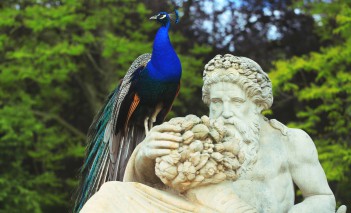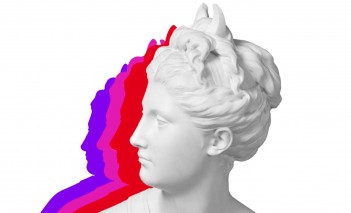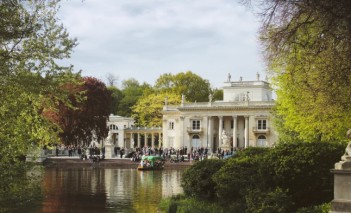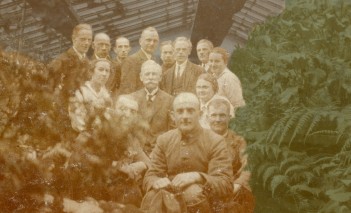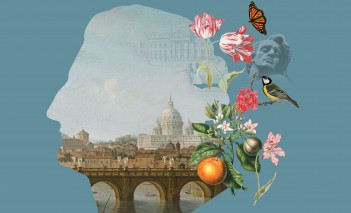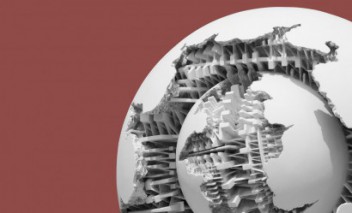Paintings from the collections of the Kościuszko Foundation in New York
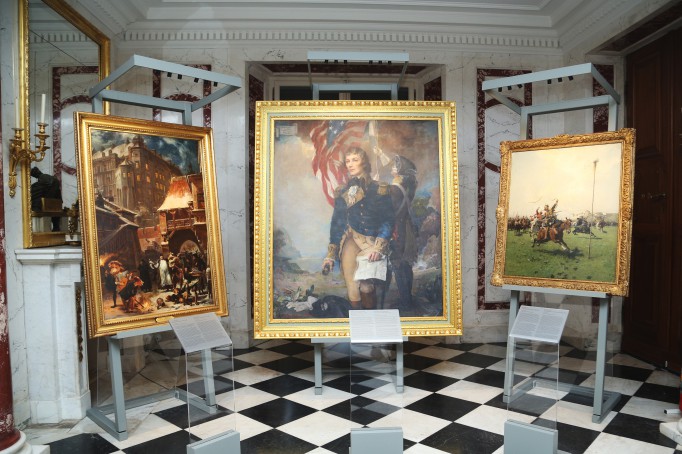
Three outstanding paintings from the collections of the Kościuszko Foundation in New York – "Kościuszko in West Point" by Bolesław Jan Czedekowski, "Light Cavalry Lisowczycy" by Józef Brandt as well as "Gamrat and Stańczyk" by Jan Matejko – will be presented at the Royal Łazienki.
It is organized by the Royal Łazienki in cooperation with the Kościuszko Foundation in New York, whose long-standing activity focuses on cultural and educational exchange between Poland and the United States. The exhibition, which is part of the celebrations of the 200th anniversary of death of Tadeusz Kościuszko, is under the honorary patronage of the Minister of Culture and National Heritage, the Polish Committee for UNESCO and the American Chamber of Commerce in Poland.
The works from the collections of the Kościuszko Foundation will be displayed at the exhibition of one painting in the Dining Room in the Palace on the Isle (tickets obligatory for the Palace on the Isle). From 20 October to 15 December 2017, the audience will be able to contemplate the first painting, "Kościuszko in West Point" by Bolesław Jan Czedekowski. Later, the following paintings will be presented, in the respective order: "Light Cavalry Lisowczycy" by Józef Brandt (from 15 December 2017 to 15 February 2018) and "Gamrat and Stańczyk" by Jan Matejko (from 17 February to 15 April 2018).
"Kościuszko in West Point" is permanently on display above the mantelpiece in the Gallery of Polish Masters in the Kościuszko Foundation in New York. Bolesław Jan Czedekowski created the painting at the request of the Chairman of the Foundation, Stefan Mierzwa. The human-size figure of Tadeusz Kościuszko is presented in the uniform of the Brigadier of the American Continental Army from the American Revolutionary War. The chest of the commander-in-chief is decorated with the order of the Society of Cincinnati, to which he belonged. In the background, one can see Fort Clinton by the Hudson River. Czedekowski visited West Point several times to learn about the topography of the terrain and see the personal belongings of Kościuszko, which had been preserved at the location. The volute in the top left corner of the portrait contains the following quote from George Washington: "Kościuszko is a man of science and merit".
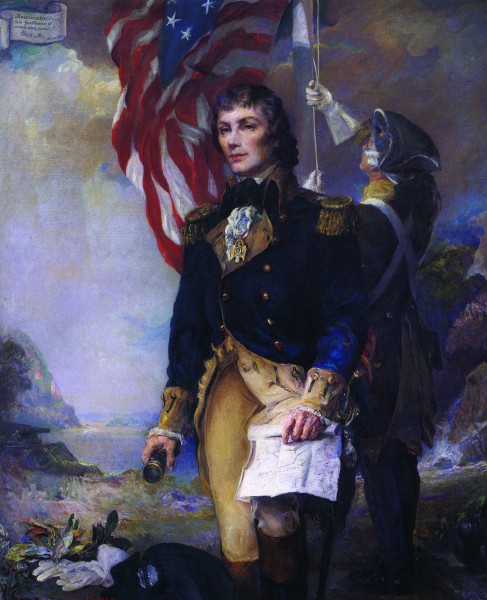
The painting by Józef Brandt, "Light Cavalry Lisowczycy" became part of the collection of the Kościuszko Foundation in 1958 and is regarded as its most valuable item. The dynamic scene depicts riders of the light horse cavalry, who were conscripted in the 17th century by Colonel Aleksander Lisowski and lived off with plunder. The target of the bowman – the turban – alludes to the battles against Turks in the south-east of Poland.
Genre scenes from the 17th century wars – Cossack rebellions, Tatar invasions, or the Swedish Deluge – are characteristic elements of Brandt’s paintings. However, his paintings do not depict specific historical events. What the artist intended instead was to present historical costumes and weapons with perfect accuracy. The painter’s favourite theme was a moving horse – in gallop or charging the enemy – and mounted by a colourful figure of a rider: a Cossack, Tatar, or Lisowczyk – depicted in the frenzy of battle. Canvases by Brandt hang in almost all Polish museums, and his works also appear in private and museum collections in America and Europe.
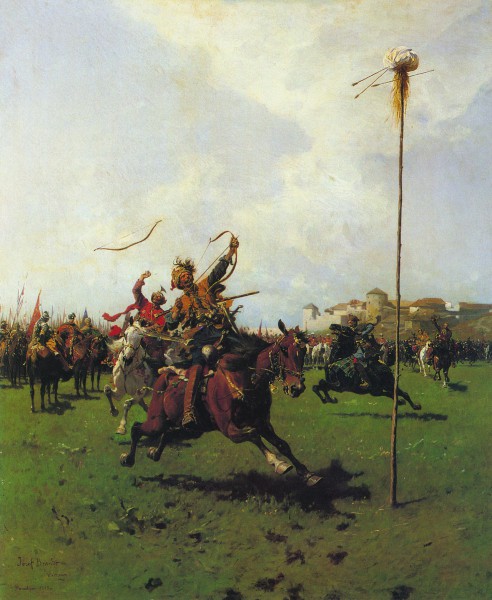
The painting "Gamrat and Stańczyk" is the work of Jan Matejko, who is regarded as the greatest Polish history painter; it is a dynamic composition, presenting multiple figures. It depicts a procession entering a square through a gate (the scene takes place at night). The procession is led by Bishop Piotr Gamrat, custodian of Queen Bona Sforza, and Stańczyk, jester of King Sigmund the Old. In the background is a man carrying a litter, and other figures. Also in the background, a part of the Wawel Royal Castle is seen alongside two town houses. The painting dates from 1873-1878. It was entrusted to the Kościuszko Foundation in 1950 by Joseph F. Lester, on the 25th anniversary of the establishment of the Foundation. It has not yet been displayed a Polish audience before.
The partners of the exhibition "Paintings from the Collections of the Kościuszko Foundation in New York" are: PZU Foundation, VRP Foundation, HSBC Bank Polska S.A., Inglot Sp. zo.o., KGHM Polska Miedź S.A., Zygmunt Rolat.
Kościuszko Foundation – it was founded in 1925 to promote scientific and cultural exchange between the United States and Poland. Americans wanted to learn about Poland – reborn after years of foreign occupation – and its culture, whose outstanding representatives – actress Helena Modrzejewska and pianist Ignacy Jan Paderewski – performed in the United States in the late 19th century. Poland, emerging from ruins after years of partitions, desperately needed experts trained in various fields. Studies abroad, including the United States were seen as a solution to that problem. At the initiative of a group of scientists and American businessmen, and as a result of the determination of the great leader of that group, Stefan Mierzwa, on the eve of the 150th anniversary of General Tadeusz Kościuszko’s engagement in the American Revolutionary War, the Kościuszko Foundation was founded.
Until 1939, the Foundation took various initiatives to popularize the achievements of Polish thought and art among Americans. After the outbreak of World War II, it cooperated with the Commission for Polish Relief to provide help for war refugees. After the war, when the iron curtain isolated Poland from the world, Stefan Mierzwa decided to open in the Foundation a gallery of Polish masters of fine art.
